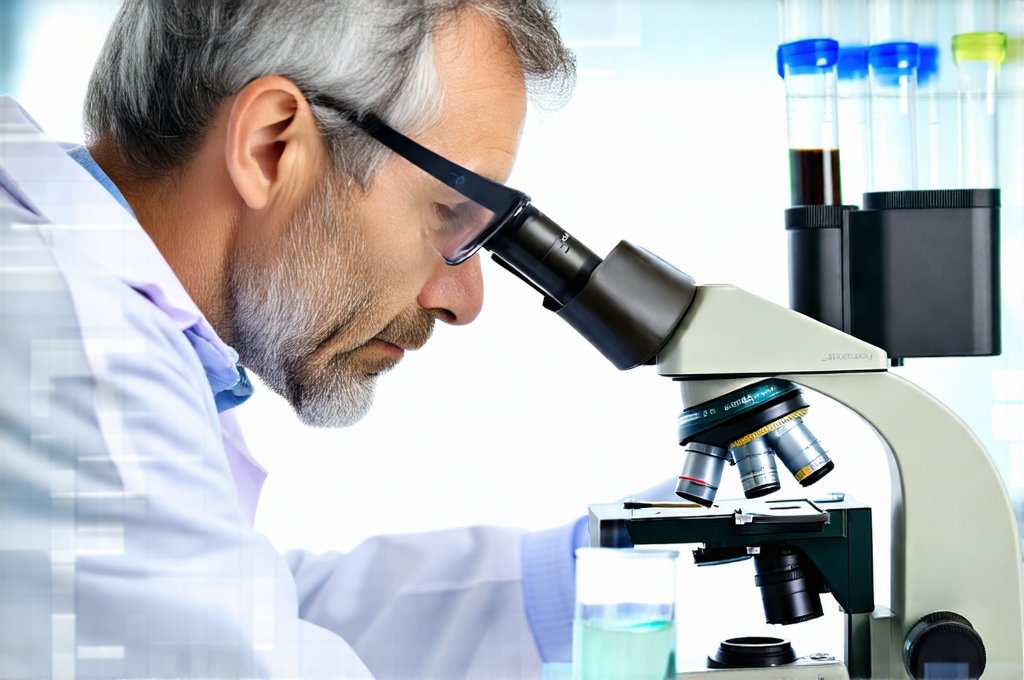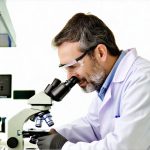Variability in specific gravity results isn’t typically something most people consider, yet it’s a critical metric across a surprising range of professions. It’s a fundamental property used to identify substances, assess purity, and even diagnose potential issues – from evaluating gemstones to analyzing urine samples. While laboratory settings strive for precision, the real world introduces complexities where consistent specific gravity readings become challenging. Certain careers inherently deal with factors that directly influence this metric, leading to higher rates of variability and requiring specialized understanding and adaptation. The impact isn’t merely about inaccurate data; it can affect quality control, diagnostic accuracy, and ultimately, decision-making in critical applications.
Understanding why some professions experience greater fluctuations in specific gravity requires acknowledging the interplay between measurement techniques, environmental factors, and the nature of the substances being analyzed. It’s not always a matter of flawed procedures or faulty equipment. Often it’s about working with inherently variable materials – think geological samples with differing mineral compositions, or biological fluids impacted by hydration levels and diet. This article will delve into the reasons behind this variability, focusing on careers where maintaining accurate specific gravity readings is paramount but frequently complicated, and how professionals in these fields mitigate those challenges.
Careers Facing Elevated Specific Gravity Variability
Several professions consistently grapple with higher degrees of variability when it comes to measuring specific gravity. These aren’t necessarily jobs involving complex scientific instrumentation; often, the challenge stems from working directly with natural, unpredictable materials or processes. Gemologists and jewelers frequently encounter variations in gemstone density due to inclusions, differing mineral compositions within a single stone, or even slight differences in temperature during measurement. Similarly, brewers and vintners are acutely aware that fermentation processes, sugar content fluctuations, and varying yeast strains all impact the specific gravity of their liquids – crucial parameters for quality control and consistency. But perhaps surprisingly, professions like soil scientists and agricultural technicians also face significant variability due to factors such as moisture content, organic matter composition, and particle size distribution within samples. The common thread is dealing with materials that aren’t perfectly uniform or are subject to dynamic changes during analysis. Understanding why some people might experience these fluctuations can also be helpful.
The nature of the measurement itself contributes significantly. Techniques relying on direct weight-to-volume ratios can be affected by even minor inaccuracies in weighing or volume determination. Hydrometers, while convenient, require careful calibration and are sensitive to temperature fluctuations. Digital density meters offer improved precision but still demand meticulous sample preparation and operator skill. Furthermore, many real-world applications involve non-ideal conditions – field measurements exposed to varying temperatures and humidity, or analyses performed on samples collected under less-than-controlled circumstances. These factors collectively contribute to a higher likelihood of variability in specific gravity results across these professions.
Finally, the consequences of inaccurate readings differ greatly depending on the profession. For a gemologist, a slight miscalculation might affect pricing but rarely poses a significant risk. However, for a medical laboratory technician analyzing urine specific gravity as part of kidney function assessment, even small errors can lead to misdiagnosis or inappropriate treatment. This disparity highlights the importance of understanding and mitigating variability within each context. It’s important to note that some women may be more prone to complications related to kidney function, impacting these assessments.
Mitigating Factors & Quality Control Measures
Despite inherent challenges, professionals in these fields employ various strategies to minimize variability and ensure reliable results. Rigorous quality control is paramount. This includes regular calibration of instruments against certified standards, participation in proficiency testing programs (where labs compare their results with others), and implementation of standardized operating procedures (SOPs). SOPs define every step of the analysis process – from sample collection and preparation to measurement and data recording – minimizing human error and ensuring consistency.
Beyond procedural controls, careful attention to environmental factors is crucial. Temperature control is particularly important as density changes with temperature. Measurements should ideally be taken at a consistent, controlled temperature or corrected for temperature variations using established formulas. Similarly, controlling humidity levels can minimize errors when measuring hygroscopic materials (those that absorb moisture). In field settings, technicians often utilize portable instruments designed to withstand harsh conditions and incorporate built-in calibration checks.
Furthermore, embracing statistical methods plays a vital role. Taking multiple measurements of the same sample and calculating averages or using statistical process control charts helps identify outliers and assess the precision of the measurement. Understanding potential sources of error within each specific application is also key. For example, a brewer might account for variations in yeast activity when interpreting specific gravity readings during fermentation, while a soil scientist might adjust for differences in moisture content before determining soil density.
The Impact of Sample Preparation
Sample preparation is often underestimated but represents a significant source of variability. In gemology, ensuring the gemstone is clean and free from surface contaminants is critical, as these can affect weight measurements. Similarly, in brewing, clarifying the wort (unfermented beer) removes suspended particles that could influence specific gravity readings. For soil analysis, carefully selecting representative samples – avoiding biased collections based on location or depth – is essential to obtain accurate results.
- Representative sampling ensures that the sample accurately reflects the overall composition of the material being analyzed.
- Proper cleaning and drying eliminate contaminants and inconsistencies that can affect weight and volume measurements.
- Homogenization (mixing) helps ensure a uniform distribution of components within the sample, reducing variability between different portions.
The level of preparation needed depends on the specific application. A quick check of urine specific gravity in a clinical setting requires minimal preparation compared to detailed analysis of a rare gemstone. However, even seemingly simple procedures must be standardized and consistently applied to minimize errors. Are certain blood types more prone to UTIs? This can impact sample collection and preparation in medical settings.
The Role of Instrumentation & Technology
Advances in instrumentation have significantly improved the accuracy and reliability of specific gravity measurements. Digital density meters offer higher precision than traditional hydrometers and are less susceptible to subjective interpretation. Automated systems can streamline the measurement process, reducing human error and increasing throughput. However, even with advanced technology, proper calibration and maintenance remain essential.
- Digital density meters utilize oscillating U-tube sensors or vibrating tube techniques to determine density based on frequency changes.
- Automated systems integrate sample handling, measurement, and data analysis into a single workflow.
- Regular calibration against certified standards ensures the accuracy of the instrument over time.
Furthermore, emerging technologies like microfluidic devices are beginning to offer new possibilities for precise density measurements in smaller volumes, potentially revolutionizing applications in fields like drug discovery and materials science.
Addressing Environmental Influences & Data Correction
Environmental factors such as temperature, pressure, and humidity can all influence specific gravity readings. Temperature is particularly critical, as the volume of a substance changes with temperature, directly impacting its density. To mitigate these effects, measurements should ideally be taken at a consistent, controlled temperature. If this isn’t possible, data correction formulas can be applied to adjust for temperature variations based on known coefficients of thermal expansion.
- Temperature control involves maintaining a stable temperature environment during measurement.
- Data correction formulas utilize established equations to adjust readings based on temperature fluctuations.
- Humidity control is important when measuring hygroscopic materials, as moisture absorption can alter density.
Pressure variations can also affect specific gravity, especially at high altitudes or in underwater applications. In these cases, pressure sensors and appropriate data corrections may be necessary. Careful consideration of environmental influences ensures that measurements are accurate and reliable, even under challenging conditions. Why some people might be more susceptible to variations in these factors can also play a role.





















